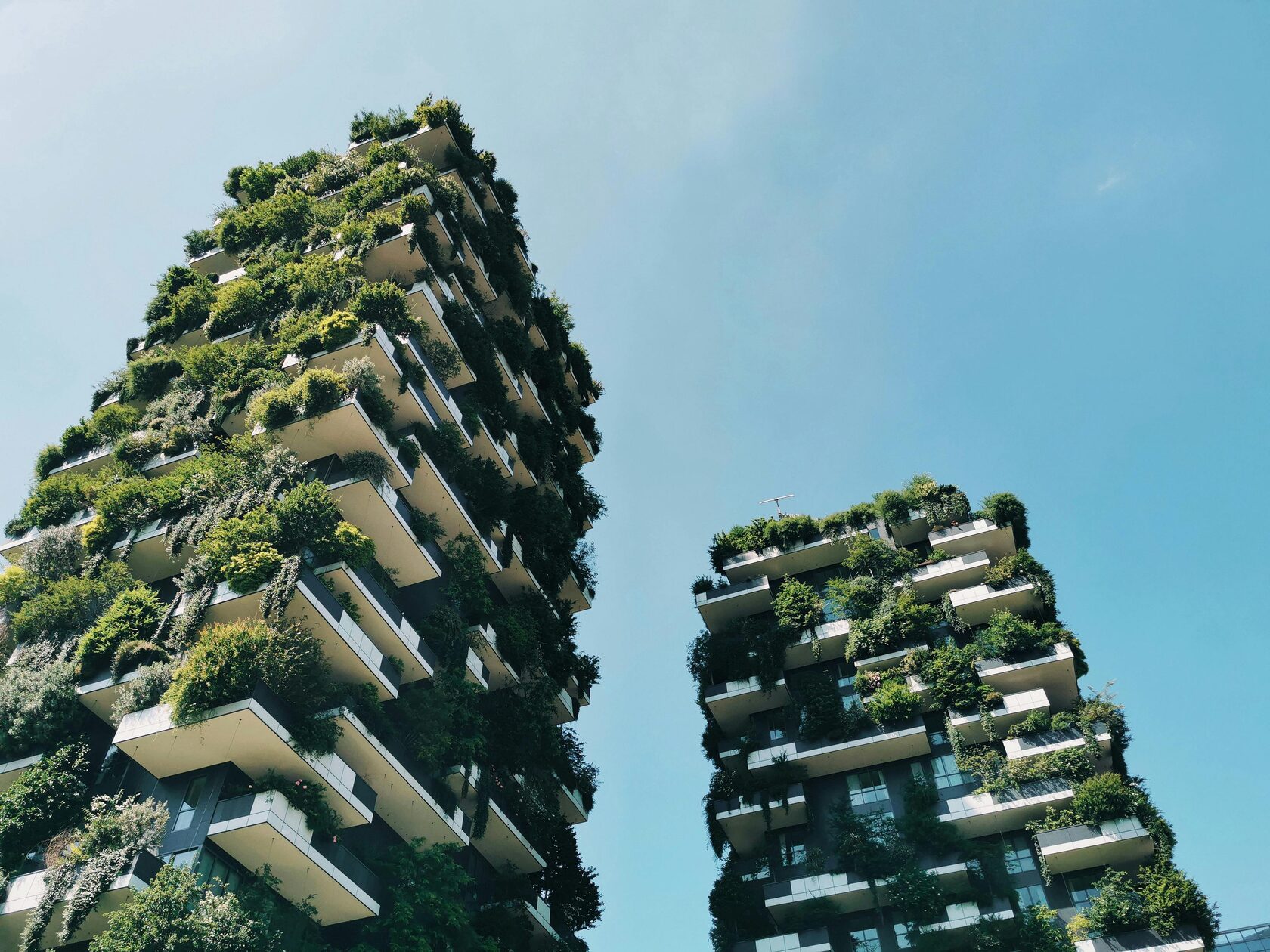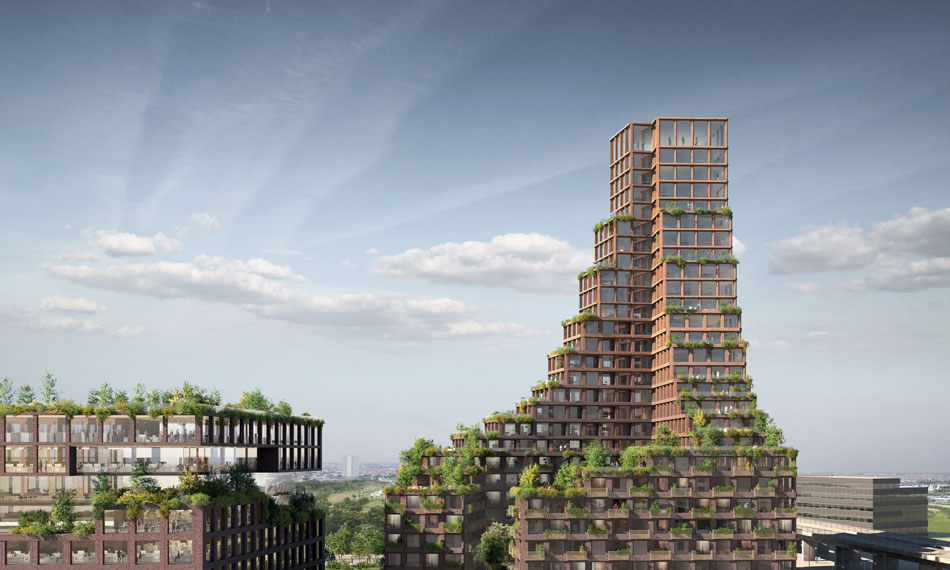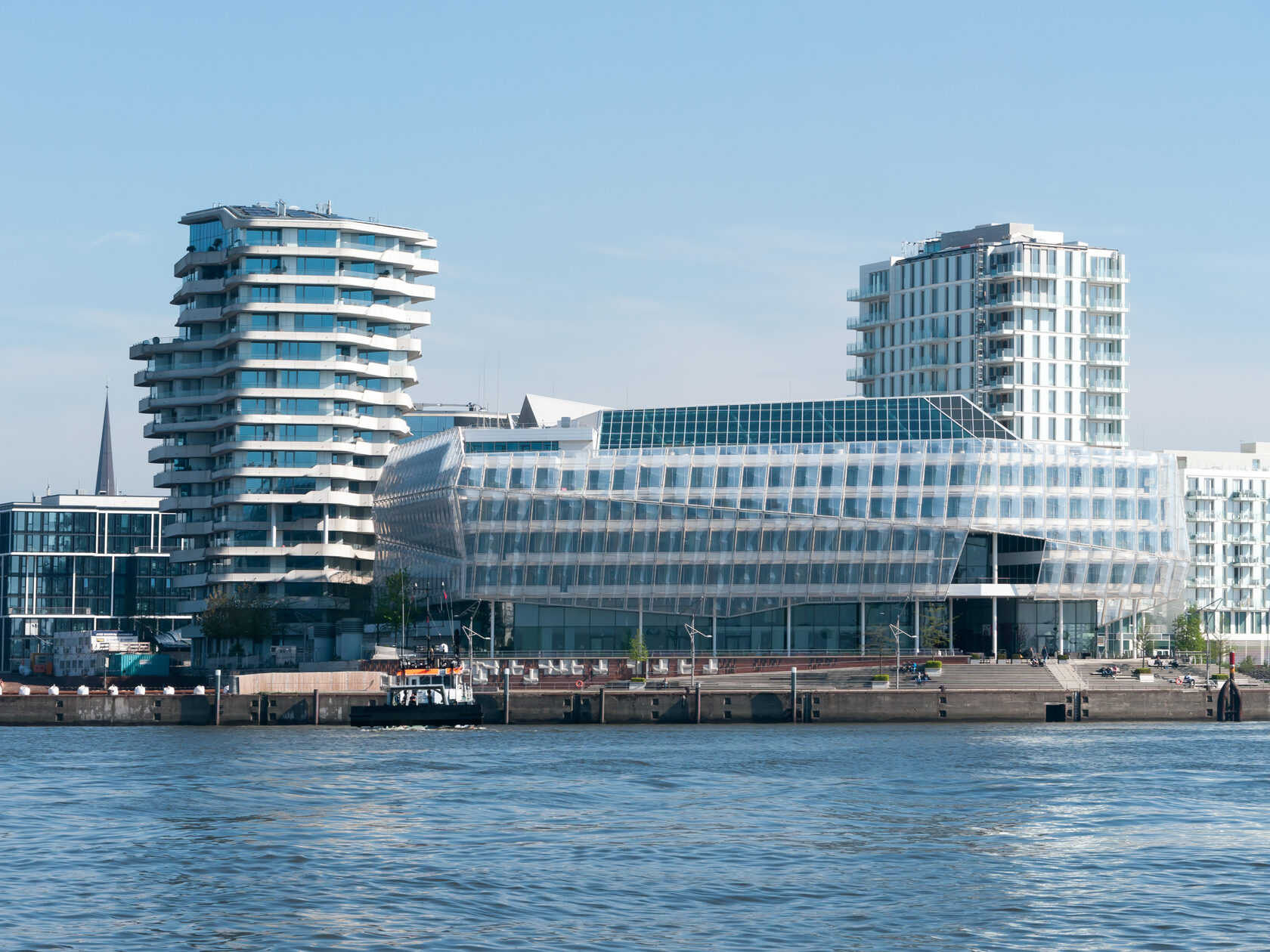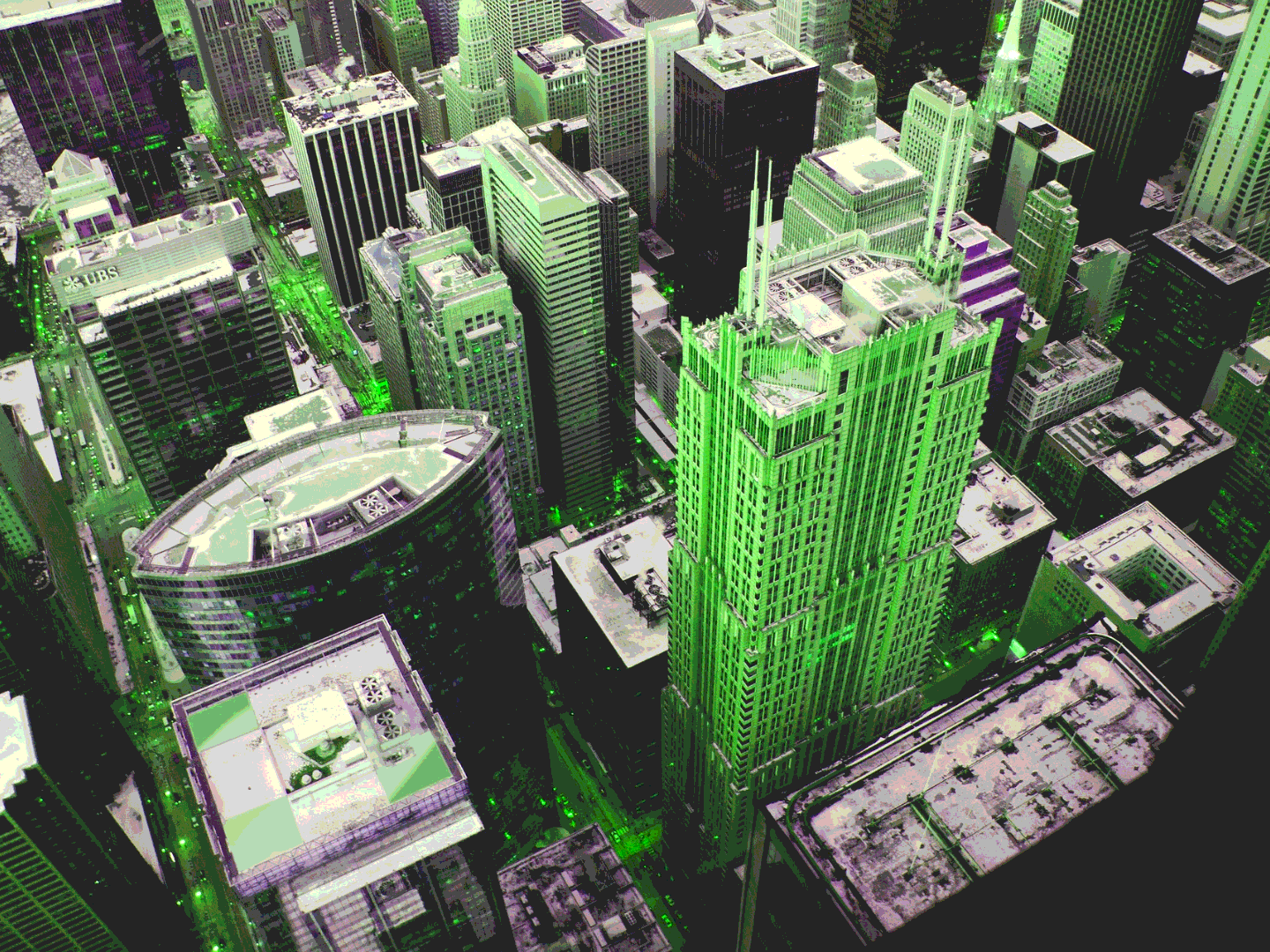We've all experienced that sinking feeling, cruising down the motorway, deep in thought or conversation, when suddenly you've missed your exit. The GPS recalculates, informing you the next turn isn't for another 25 kilometres. Frustration takes hold as you calculate the wasted time, extra fuel, and inevitable delay.
As an analogy I think perfectly captures humanity's current predicament with sustainability and climate change. We missed our ideal exit years ago—the point where we could have made a smooth, efficient transition away from fossil fuels. Now we're barrelling down a highway of oil and gas dependency, knowing we need to change course but facing a much longer, more complicated journey ahead.
Where We Are: The Reality Check
However, just as a missed turn does not stop you reaching your destination, our delayed action on climate change does not mean we should give up. Yes, the numbers are daunting. China produces 12 billion tons of CO2 annually, with the US at 4.8 billion and India at 2.8 billion. But pointing fingers oversimplifies the challenge. When we look at per capita emissions—8.9 tons for China, 13.8 for the US, and 2.07 for India—we see a more nuanced picture. The EU's performance, 5.16 tons per capita, shows improvement is possible, but at 8.6 tons and 7.8 tons per capita in Czechia and Poland respectively, we can see there is still plenty of work to be done.
The Journey Continues: Why We Can't Stop Now
Just as slamming on the brakes in the middle of a motorway would be catastrophic, simply reducing consumption is also not the answer. To transition away from fossil fuels, we need a strong, vibrant economy to fund the research, development, and implementation of sustainable goods, services, and technologies. The transition requires significant investment in innovation, infrastructure, and new systems—all of which depend on economic stability and growth.
In the real estate world, the EU Green Deal, and its associated directives, particularly the Energy Performance of Buildings Directive (EPBD), represents a significant set of directions to guide us on our sustainable journey. The May 2024 EPBD recast demonstrates how we're learning and adapting along the way. Initial requirements for all non-residential buildings to achieve specific Energy Performance Certificate standards have been refined based on market realities and stakeholder feedback. Each member state now has the flexibility to adapt these guidelines to their local conditions—much like choosing alternate routes that lead to the same destination.
Navigation Challenges: Understanding the Path Forward
Feedback from the real estate market talks of a lack of clarity, confusing directions with the current state of sustainability legislation which might seem as confusing as a GPS rerouting through unfamiliar territory. Stakeholders' express frustration with the complexity and frequent changes in the regulations. But this complexity surely only reflects the unprecedented nature of our challenge. We're not just following a pre-existing map; we're charting new territory.
Real estate companies, investors, and banks have raised valid concerns about implementation challenges. However, just as complaining about a missed turn doesn't get us to our destination any faster, resistance to change won't solve our sustainability challenges. Instead, we need to engage constructively with these directives, playing our part of the process, providing feedback that helps refine and improve, while moving steadily toward our goals.
Real Estate in Transition: Success Stories on the Sustainability Highway
While the journey to sustainability may seem daunting, numerous real estate pioneers are already showing what's possible. Their successes serve as valuable waypoints on our map to a sustainable future:
The Edge (Amsterdam)
Deloitte's headquarters in Amsterdam shows how far sustainable building design can go. Often called the world's most sustainable office building, it achieved the highest BREEAM score ever recorded (98.36%). The building:
- Generates more electricity than it uses through solar panels and geothermal energy storage
- Uses IoT sensors to optimize energy use in real-time
- Collects rainwater for reuse in toilets and garden irrigation
- Demonstrates that ultra-sustainable buildings can also be commercially viable

Bosco Verticale (Milan)
These revolutionary residential towers highlight how urban buildings can actively contribute to biodiversity:
- Host over 900 trees and 20,000 plants
- Reduce energy consumption through natural shading and improved insulation
- Absorb 30 tons of CO2 annually
- Prove that sustainability can create iconic architecture that increases property value

CPH Common House (Copenhagen)
Is renowned for its innovative approach to sustainability:
- CPH Common House is celebrated as the world's first upcycled high-rise building. This means it extensively uses recycled materials, significantly reducing its environmental impact
- The building incorporates 17,577 tons of waste materials, including recycled tiles, concrete with brick fractures, and wood from old window frames. This approach saves approximately 1,174 tons of CO2 during the construction phase alone
- The design includes green façades and roofs planted with local vegetation, which helps improve air quality and provides insulation
- The architectural design takes into account the local microclimate, ensuring that the building is energy-efficient and comfortable for its occupants
- From the initial design phase, strategies for sustainability and circularity were integrated, making the building a benchmark for future sustainable high-rise constructions
- The building features active courtyards and roof terraces that provide communal spaces for residents, fostering a sense of community and well-being

The Unilever Headquarters (Hamburg)
This project proves that corporate headquarters can lead by example:
- Achieves carbon neutrality through innovative design and renewable energy
- Uses 70% less energy than comparable buildings
- Incorporates circular economy principles in its construction and operation
- Demonstrates how corporate values can be physically embodied in real estate

Lessons from the Frontrunners
These examples teach us valuable lessons about real estate sustainability:
- Economic Viability: Sustainable buildings often command premium rents and have lower operating costs, proving the business case for green development.
- Technical Feasibility: Whether new construction or renovation, we already have the technology and expertise to create highly sustainable buildings.
- Market Leadership: Early adopters are gaining competitive advantages in increasingly ESG-conscious markets.
- Scalable Solutions: While these examples are impressive, their solutions can be adapted and scaled for different building types and markets.
The Road Ahead: Making Progress Together
The transition to sustainability isn't a short trip—it's a long-haul journey requiring patience, adaptability, and determination. We need:
- Continued economic strength to fund innovation
- Collaborative approaches between public and private sectors
- Constructive engagement with environmental directives and regulations
- Recognition that perfect solutions shouldn't be the enemy of good progress
Conclusion: Keeping Our Eyes on the Destination
Yes, we missed the early exit to sustainability. Yes, our journey will now take longer and require more resources. But success lies in keeping moving forward, and that's what matters most. Through initiatives like the EU Green Deal and EPBD, we're developing new routes to our destination. The road ahead may be longer than we'd like, but with collective effort and determination, we can still reach our sustainability goals.
The key isn't to lament the missed turn but to focus on the journey ahead. After all, every kilometre we travel on this new route brings us closer to our destination: a sustainable future for all. With net zero by 2050 the destination it’s time to get on board and enjoy the ride!
In the next blog we will focus on the EU EPBD, its current status and the challenges all while being mindful the member states are currently transposing it into local regulation creating a ‘’let’s wait and see’’ mindset but identifying how doing nothing might not necessarily be saving you money!


